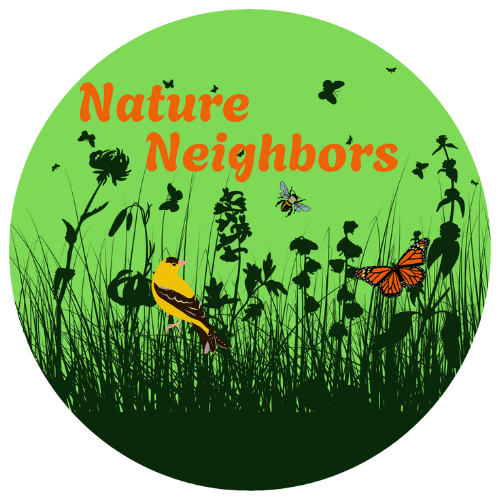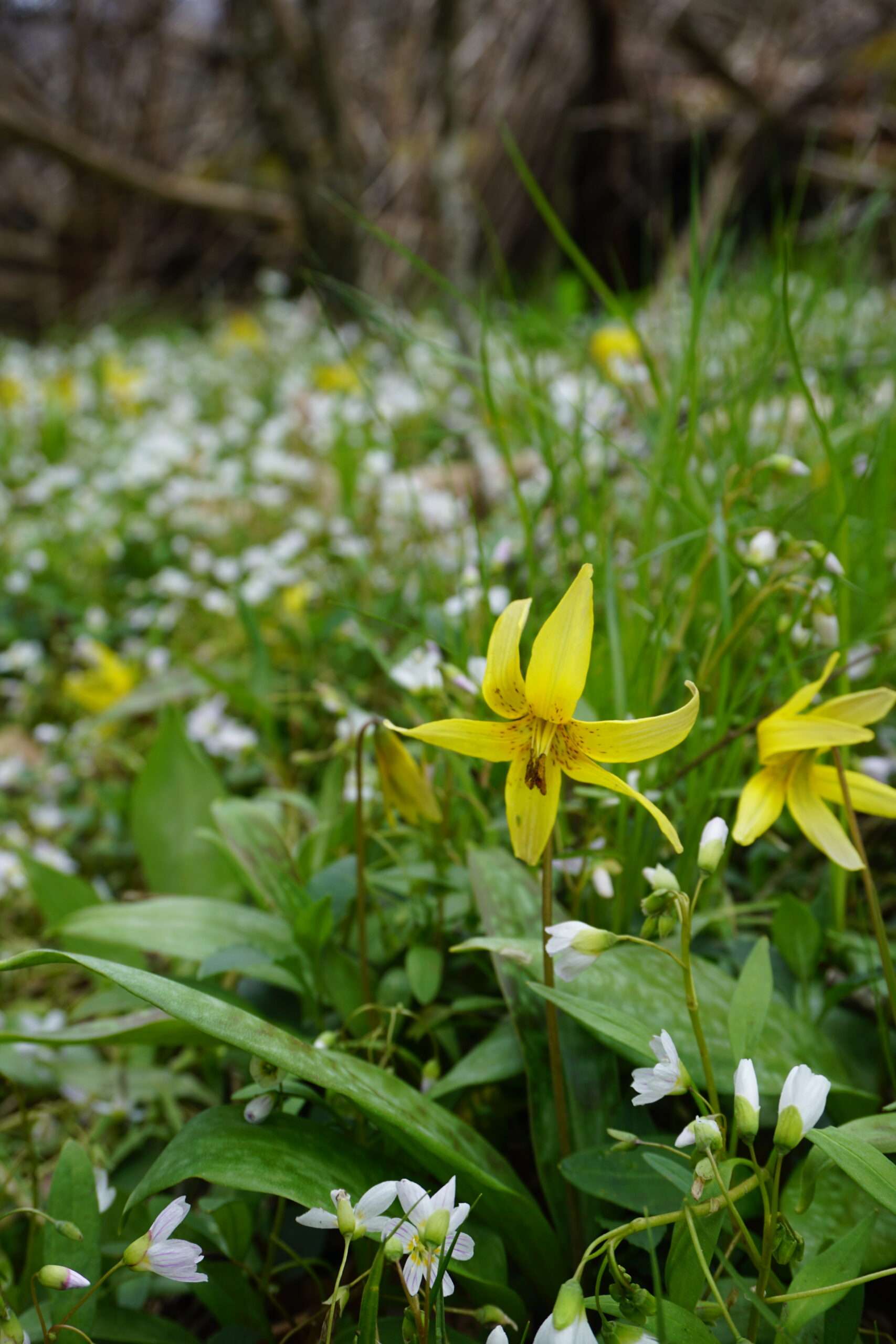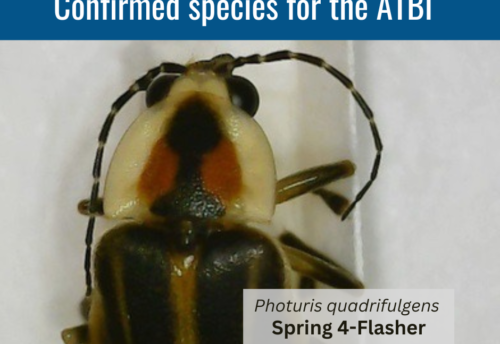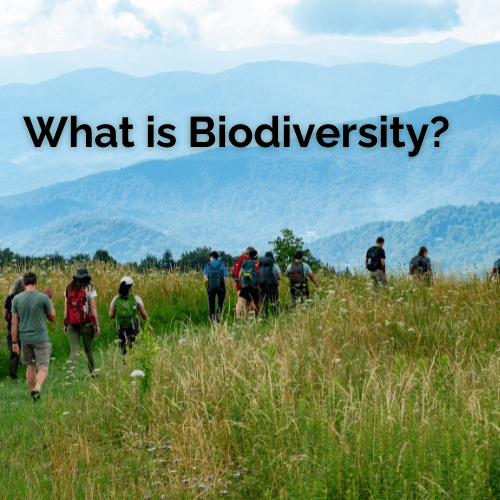
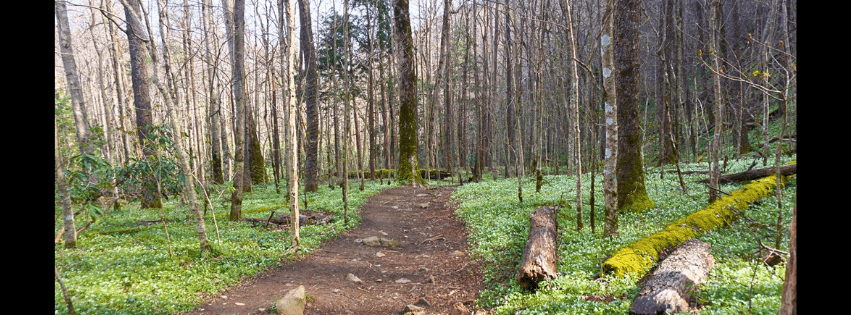
What is Biodiversity?
On a spring day, somewhere deep in Great Smoky Mountains National Park, an ancient cove hardwood forest is teeming with life—a bumble bee is buzzing around a wild geranium to get a sip of nectar, the call of a pileated woodpecker echoes through the forest as it flies overhead and a red-cheeked salamander peeks out from underneath a mossy log in search of its next meal. The variety of living organisms in a particular place, from the tiniest microbes in the soil to the towering trees above, is what scientists call biodiversity.
But biodiversity is not just a list of the number of species in each area. It is a measure of the number of species, their genetic diversity and the variety of ecosystems their interactions create. This measure of biodiversity indicates an area’s resilience to environmental threats, like climate change, invasive species and pollution.
With more than 22,000 species documented so far—and tens of thousands more yet to be discovered—the Smokies are known to be one of the most biologically rich temperate regions on Earth and considered a biodiversity hotspot. Our region’s unique geography, ancient mountains and moist climate create ideal conditions for life to thrive.
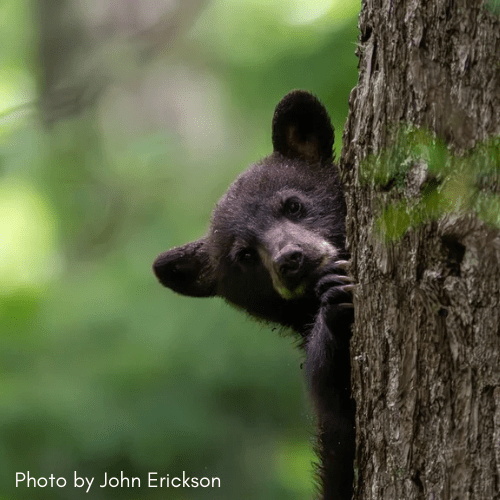
Smoky Mountain Icons, American black bears are omnivores, but much of their diet comes from nuts and fruits produced by native trees and shrubs. Seasonal changes driven by climate change can disrupt this food supply. For instance, when flowers bloom too early, they may be damaged by a late frost or fall out of sync with pollinators, leading to fewer fruits and nuts. These shortages affect not only black bears, but also the many other species that depend on native foods like persimmons, blackberries, acorns, and beech nuts throughout the park.
Studying biodiversity in places like Great Smoky Mountains National Park is vital for protecting natural resources. Biodiversity serves as a key indicator of ecosystem stability and resilience, while also revealing vulnerabilities to environmental threats. Its loss sends ripples throughout the web of life—and you cannot protect a species you do not know exists. At Discover Life in America, we believe conservation depends not only on safeguarding biodiversity in the Smokies, but also on fostering awareness and appreciation for it in communities everywhere—from schoolyards to backyards.
Looking for resources on how you turn your backyard in a biodiversity haven for wildlife?
Nature Neighbors is a partnership between Discover Life in America and the Natural Resource Conservation Service. We aim to raise awareness of the importance of biodiversity in East Tennessee through public education and outreach initiatives focused on local species diversity to improve overall conservation efforts in East Tennessee. We work with landowners, schools, and community groups interested in increasing their local biodiversity through pollinator plantings, rain gardens, and more. Learn more at dlia.org/natureneighbors.

